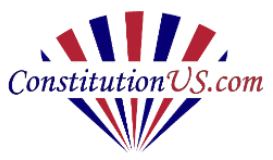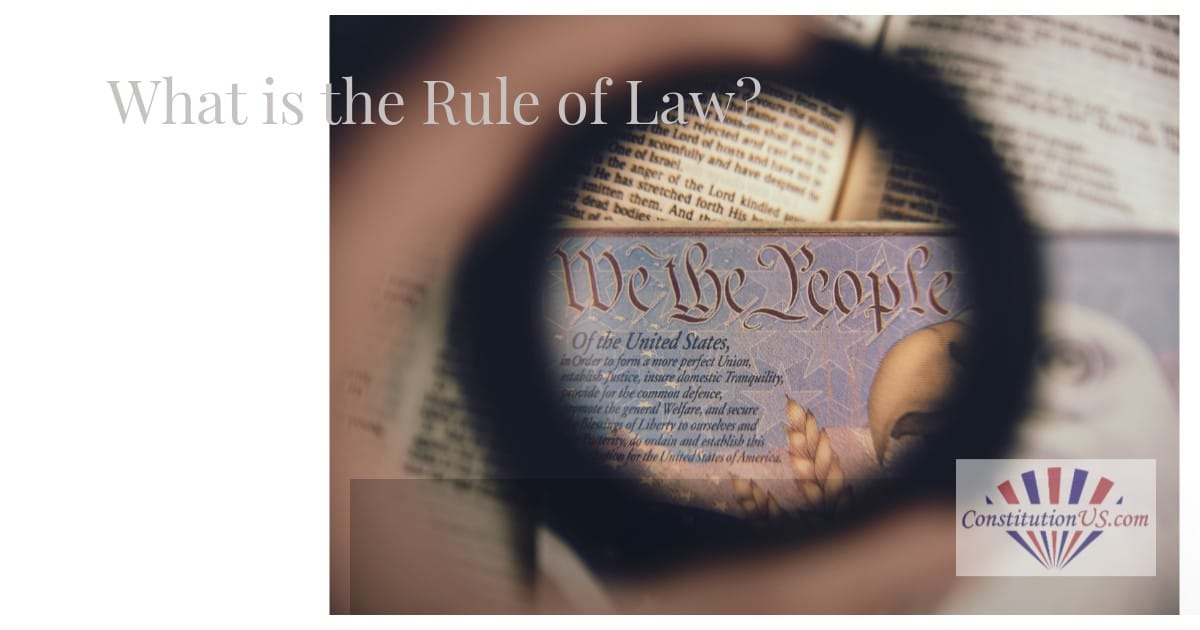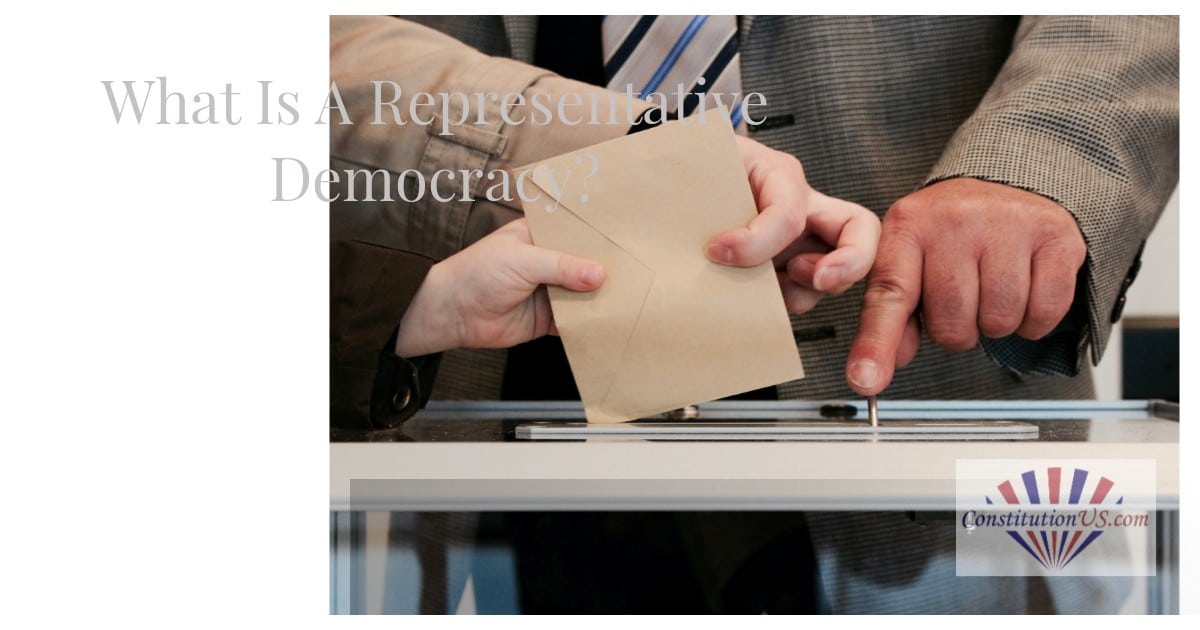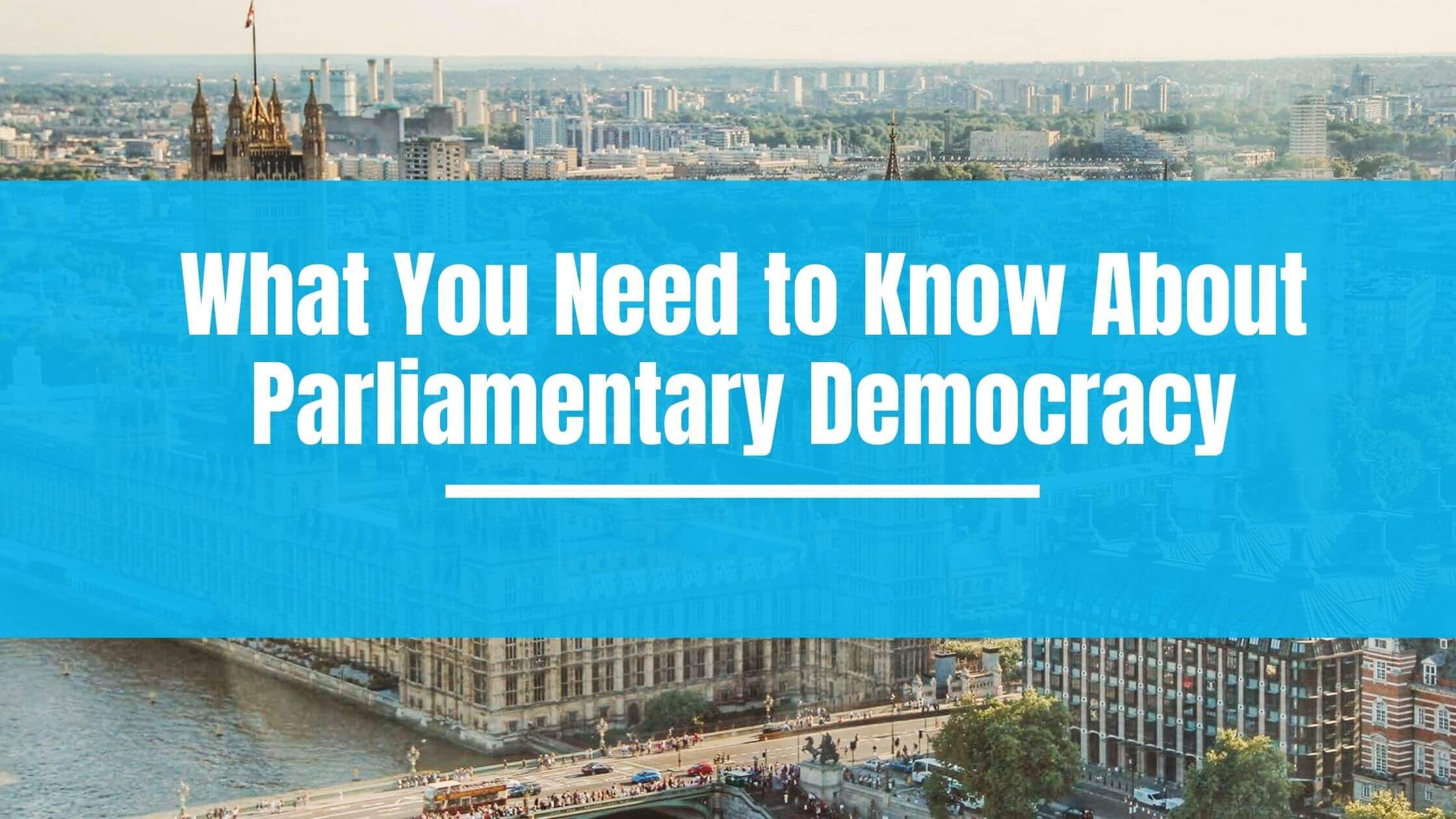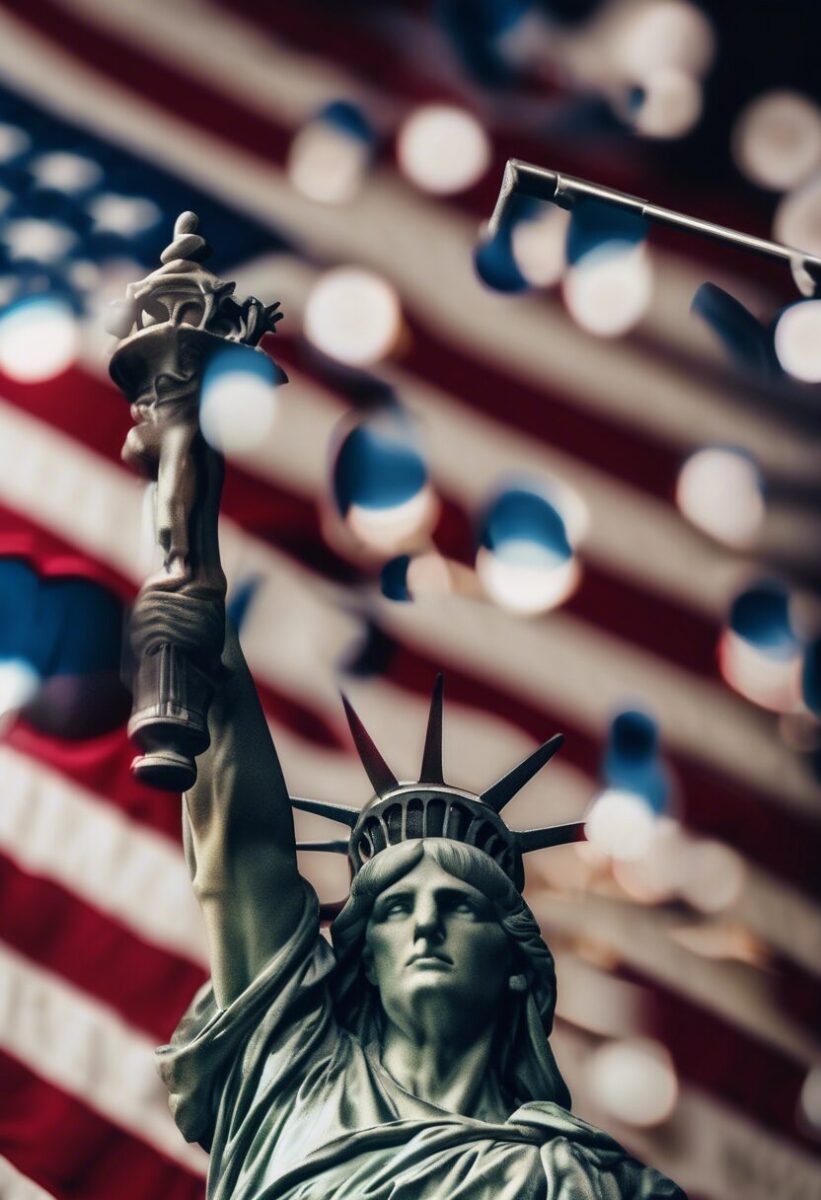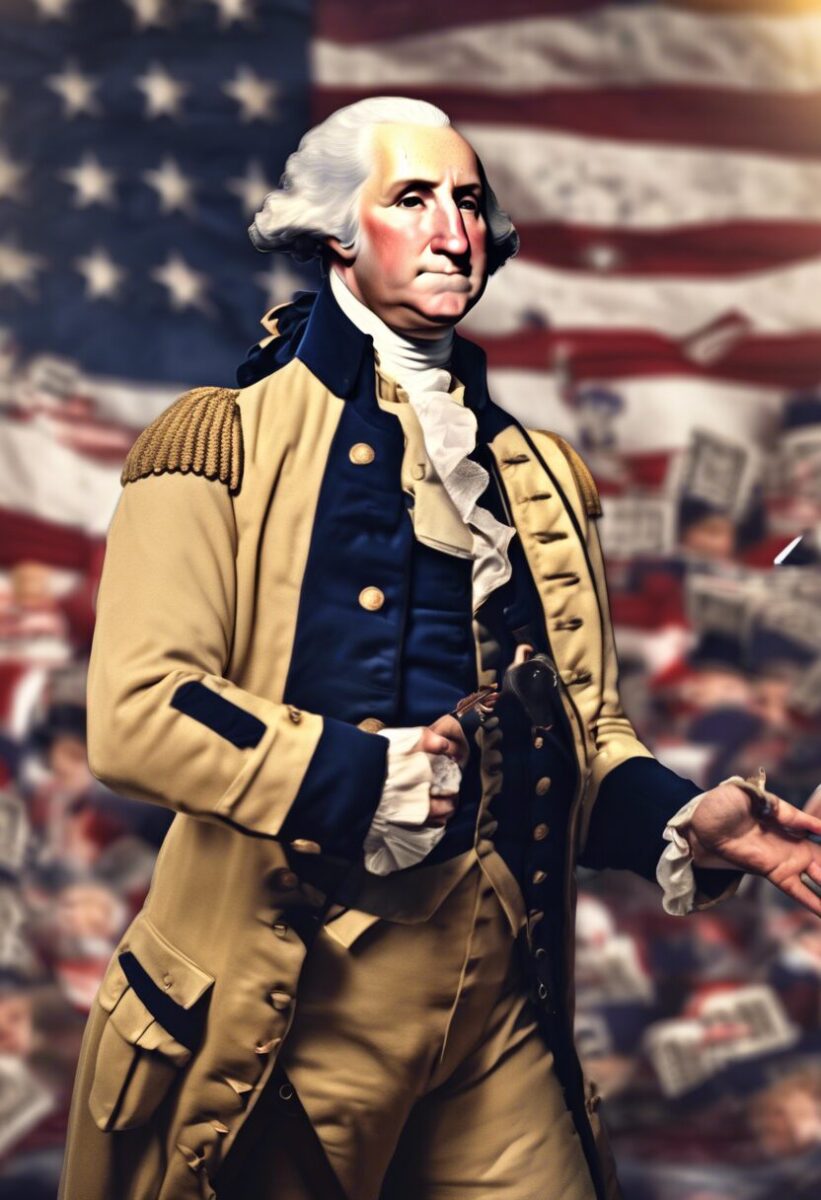In 2025, the United States finds itself at a critical juncture as it grapples with challenges that test the resilience of its democratic framework.
Traditional institutions—long celebrated for ensuring a balance of power, free elections, and a vibrant public discourse—are now under pressure from deep partisan divides, declining public trust, and the pervasive influence of money in politics.
This report provides an in-depth exploration of these challenges by examining the current state of U.S. democratic institutions, the integrity of its electoral processes, the health of its media landscape, and the growing societal polarization.
Through this analysis, we seek to illuminate both the enduring strengths and the emerging vulnerabilities of American democracy.
Democratic Institutions: Strength & Checks and Balances
Congress and Executive:
The U.S. system of checks and balances has come under strain in recent years. A hyper-partisan and often gridlocked Congress struggles to provide robust oversight of the executive branch. This paralysis has contributed to the expansion of executive power through executive orders and agency actions.
Experts note that executive authority has grown significantly, eroding the independence of the civil service and tipping the balance of power toward the presidency. For instance, Congress’s inability to compromise on major legislation or hold presidents accountable—as seen in largely party-line votes during impeachment proceedings—underscores concerns that the legislative branch’s checking function is weakening. Some worry this dynamic opens the door to an “imperial presidency,” where the chief executive operates with minimal restraint.
Proposals like “Project 2025,” backed by allies of President Trump, call for consolidating federal power under the president. Analysts warn such plans could fundamentally undermine the traditional checks and balances established over centuries.
Judiciary:
The federal judiciary, and the Supreme Court in particular, remain independent in structure, but their perceived impartiality has come into question. Recent landmark decisions on issues like abortion, gun rights, and regulatory power have been applauded by some and condemned by others as politically driven. This has fueled public skepticism about the Court’s neutrality, with confidence in the judiciary plunging to historically low levels.
The political polarization surrounding judicial decisions—where one side’s approval of a ruling comes with the other’s stark rejection—has raised concerns that the judiciary’s independence, a cornerstone of democracy, might erode further if the public increasingly views rulings as partisan. Additionally, controversies over ethics and undisclosed conflicts of interest have led to calls for stronger judicial ethics rules.
Overall Checks and Balances:
Despite these challenges, the constitutional framework remains intact. Courts have blocked certain executive actions, and Congress has, on occasion, successfully investigated executive misconduct. However, many observers believe that the system’s safeguards are under unusual stress.
The peaceful transfer of power was notably tested when an incumbent refused to accept electoral defeat, yet institutions ultimately certified the election. Nonetheless, experts warn that without reforms such as strengthening congressional oversight, depoliticizing judicial appointments, and clarifying limits on executive authority, the traditional guardrails of democracy may continue to erode.
Election Integrity & Voting Rights
Free and Fair Elections:
Free elections remain the bedrock of U.S. democracy, and despite general successes in running secure elections, significant concerns persist regarding voting access and acceptance of outcomes. Over the past decade, many state legislatures have tightened voting rules, measures that critics argue suppress votes. Aggressive gerrymandering has redrawn legislative districts in ways that entrench one party’s power, often leaving general elections with little genuine choice.
In many congressional and state legislative races, the real contest occurs during primaries in safe districts, challenging the principle of fair representation.
Voting Rights and Suppression:
The Voting Rights Act of 1965 has long protected minority voting rights, but its weakening following key Supreme Court decisions has allowed some states to enact restrictions more freely. Tactics such as closing polling places in minority neighborhoods, strict voter ID laws, and aggressive voter roll purges have disproportionately impacted Black, Latino, young, and low-income voters. Although congressional efforts to pass new federal voting protections have been made, these initiatives have stalled in a divided Senate.
In the absence of federal reforms, the patchwork of state laws continues to create unequal voting experiences across the country.
Election Denial and Security:
The aftermath of the 2020 presidential election brought unprecedented challenges, as former leaders and their allies launched baseless efforts to overturn a certified result. These efforts culminated in the January 6, 2021, attack on the U.S. Capitol, revealing vulnerabilities in the peaceful transfer of power. Although the insurrection was quelled and election results ultimately upheld, the persistence of false claims about a stolen election continues to erode public trust.
Many still believe the 2020 outcome was fraudulent, which poses a serious risk for future elections by undermining the public’s acceptance of results. Enhanced security measures and legislative clarifications, such as updates to the Electoral Count Act, have been implemented to safeguard the process. Nonetheless, the environment remains highly charged, with misinformation and politically motivated threats persisting.
Media Freedom & Public Discourse
Press Freedom:
A free and independent press is essential for democracy, and while the United States has long benefited from robust media institutions, press freedom has shown signs of decline. Increasing hostility toward journalists, including overt political attacks and sometimes even physical dangers, has created a challenging environment. Reports of assaults on reporters and harassment, coupled with economic pressures that have led to newsroom closures and the emergence of “news deserts,” undermine the quality and diversity of information available to the public.
Misinformation and Social Media:
Social media has democratized the dissemination of information but also enabled the rapid spread of misinformation. A significant portion of Americans now rely on social media for news, making them susceptible to false narratives that can distort public opinion and deepen political divisions. Efforts by social media companies to counteract misinformation—through content warnings and fact-check labels—have helped to some extent but have not entirely stemmed the tide of falsehoods.
This pervasive misinformation, which was especially prominent after the 2020 election, continues to complicate voters’ ability to make informed decisions.
Public Discourse and Polarization:
Public discourse has grown increasingly vitriolic and polarized. The political debate now often resembles a battleground of memes and inflammatory rhetoric rather than a reasoned exchange of ideas. This polarization not only distorts perceptions of truth but also deepens societal divides, with people largely consuming news and opinions that reinforce their existing beliefs.
The result is a fractured society where mutual distrust is common, and compromise in policymaking is rare. Although efforts are being made to promote media literacy and civic dialogue, the overall tone of public discourse remains a significant challenge to democratic deliberation.
Influence of Corporations & Money in Politics
Big Money in Elections:
The role of money in American politics has grown substantially since landmark judicial decisions opened the door to unlimited outside spending. The 2024 federal election cycle is among the most expensive ever, with campaign spending reaching record levels. Super PACs and political nonprofits, including those that shield donor identities, have played a major role in funding election campaigns.
The significant sums of money involved raise concerns about a system where political influence is increasingly tied to financial power rather than to the will of the majority.
Corporate Influence & Lobbying:
Beyond elections, corporate lobbying has become a multibillion-dollar industry that shapes legislation and regulations. Lobbyists representing a wide array of interests—from businesses and trade associations to unions—have unprecedented access to lawmakers. This access often results in policies that favor special interests over broader public needs.
The so-called “revolving door” between government positions and lucrative lobbying jobs further entrenches this influence. While campaign finance laws regulate direct contributions to candidates, the vast amounts of money funneled through outside spending and lobbying networks continue to skew policy outcomes in favor of well-funded interests.
Advocacy Groups and Dark Money:
Wealthy donors and corporate interests also fund advocacy groups and think tanks that work behind the scenes to influence policy and public opinion. This network of funding often operates with little transparency, meaning that substantial sums of money can affect political debates and elections without clear accountability. The resulting imbalance in political influence is a serious concern for those who argue that true democratic governance requires that every citizen’s voice carries equal weight.
Public Trust & Political Polarization
Trust in Government and Institutions:
Public trust in the federal government and its institutions has reached historically low levels. Surveys consistently show that only a small fraction of Americans have confidence in the government, with particularly low trust in Congress and the judiciary. Many citizens perceive government as inefficient and overly influenced by powerful special interests.
This widespread skepticism undermines the legitimacy of democratic institutions and can fuel discontent and disengagement among the electorate.
Polarization and Partisan Divides:
The United States is more polarized than ever, with deep ideological divides that extend beyond policy differences to the very core of political identity. Both Republicans and Democrats increasingly view the opposing side as not only wrong but as a threat to the nation’s democratic fabric. This mutual suspicion makes compromise and bipartisan cooperation exceedingly difficult.
The polarization is also evident in the way people consume news and interact in their communities, often resulting in echo chambers that reinforce extreme views and further entrench divisions.
Impacts on Governance and Democratic Stability:
The consequences of low public trust and high polarization are significant. Legislative gridlock has become more common as compromise gives way to partisan standoffs. In some instances, the refusal of political factions to accept electoral outcomes has led to constitutional crises and episodes of political violence.
While many Americans continue to support democratic ideals in principle, the intense internal divisions raise serious questions about the long-term stability of U.S. democracy. Restoring trust will likely require comprehensive reforms aimed at improving transparency, reducing corruption, and fostering a more inclusive political dialogue.
International Assessments of U.S. Democracy
Global democracy watchdogs still classify the United States as a democracy, but they note several concerning trends. Freedom House, in its annual report, continues to rate the U.S. as “Free” but with a steadily declining score compared to a decade ago. The report highlights issues such as obstacles to voting, the influence of money in politics, and increasing polarization as factors undermining democratic quality.
Similarly, the Economist Intelligence Unit’s Democracy Index for 2023 categorized the United States as a “flawed democracy.” While American elections remain open and competitive, shortcomings in government functioning and political culture are significant. The low scores in areas like political trust and institutional performance indicate that the U.S. lags behind other full democracies in key measures.
Other international research projects tracking democracy have noted similar patterns. These assessments underscore that while the U.S. retains core democratic institutions and practices, its democratic health is compromised by internal challenges. Policymakers and experts alike have called for comprehensive reforms—ranging from expanding voting access to curbing the influence of money—to reverse these negative trends and restore the nation’s standing as a model democracy.
Conclusion
The state of U.S. democracy in 2025 is a story of contrasts. Fundamental institutions such as elections, a free press, and an independent judiciary continue to operate. However, these institutions face unprecedented pressures from partisan polarization, declining public trust, and the outsized influence of money and corporate interests.
While the framework of American democracy remains intact, its resilience is being tested in ways that call for significant reforms. The future of U.S. democracy will depend on whether political leaders and citizens can bridge deep divisions, restore public confidence, and implement changes that strengthen the long-standing principles of free and accountable government.
